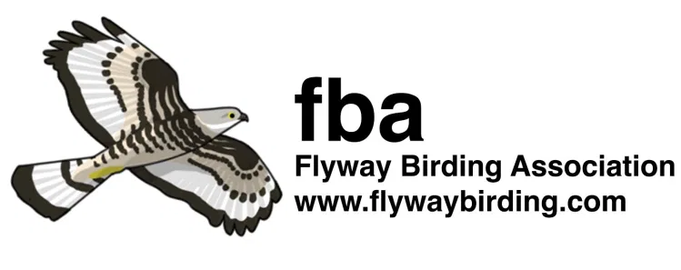
Together they’ve put together an impressive team to initiate and support conservation work in SW Spain, Morocco and the Gambia. These include another friend Juan Martin Bermudez (who also established the Salarte Project noted above), Antonio Jesus Rivero Reyes (co-founder of Marisma21 www.marisma21.com which works to sustain and improve the biodiversity of the Cadiz marshes), Stuart Gillies (who works in the UK for ethical optics firm Viking Optical www.vikingoptical.co.uk) and Virginia Morandini (an expert in public engagement with conservation). What is both refreshing and most important is that they have also included in their team experts from the Gambia: Tijan Kanteh (one of the country's leading conservationists), Karanta Camara (a campaigner for the restoration of Kotu Creek and President of the Gambian Birdwatchers Association) and Yankuba Jammeh Conservation Officer of the Gambian Birdwatchers Association (see www.birdguidesassociationthegambia.com).
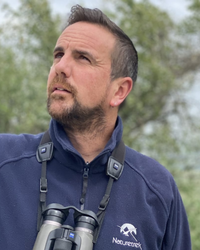 Simon Tonkin
Simon Tonkin We set up the Flyway Birding Association as a way to ensure we could work seamlessly across the East Atlantic Flyway to help migratory species with at least 85% of our work being here in The Straits and the Cadiz province .…. we were being asked how visitors and residents can assist with projects that help migratory birds both here and on their wintering grounds. So we thought we should do something about that! So many of the projects might be already conducted but have no facility of support managerial or financial.
We also wanted our approach to be measurable - not simply money in the bucket and the donor or supporter not aware of progress or for that matter the conservation initiative managers knowing! So we use a recognised approach - framework of spatial targeting for single-species conservation planning (“the Species Recovery Curve”)
This enables us to demonstrate success or failure as well as funding need based on status on this curve and whether we can move the project/species/initiative to a sustainable footing where there can ultimately be removal of support and financing - making any financial input go much further!
It’s also well worth reading Simon’s blog (see https://www.blueskywildlife.com/flyway-birding-association-ecotourism-conservation/) on the topic.
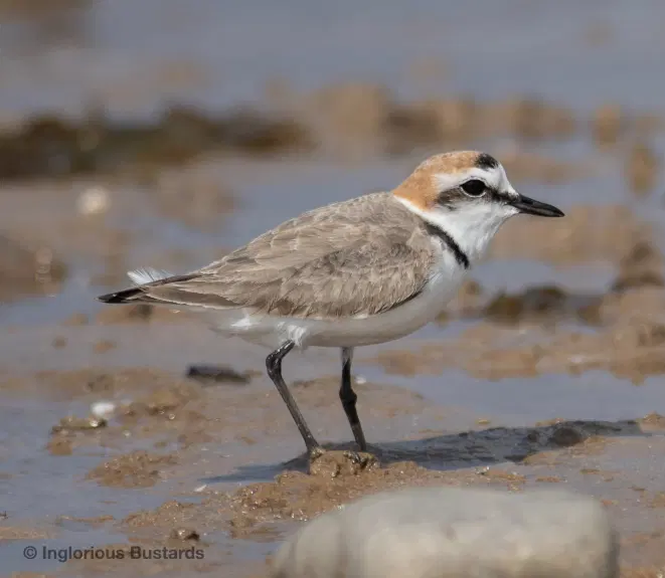 Kentish Plover (Photo © Inglorious Bustards)
Kentish Plover (Photo © Inglorious Bustards)
This project seeks to restore of traditional salt pans in the Bahía de Cádiz to benefit both coastal birds and cultural heritage (see www.marisma21.com/ - in Spanish but if even I can get the drift of the message you will too). The project is based within the Parque Natural de la Bahía de Cádiz - a Special Conservation Area of the European Natura 2000, a Ramsar site, a Special Protection Area for Birds under EU law.
The traditional methods of salt extraction are wildlife friendly as they promote diverse aquatic micro- and macro-fauna in the pans themselves and a specialist saline-tolerant flora which inhabits the edges of such low key managed saltpans. Unfortunately, in recent times the intensification and mechanisation of salt production has not only reduced the attractiveness of remaining active saltpans for wildlife but also caused the abandonment of uncompetitive less intensively managed operations leading to less favourable conditions for wetland birds.
The main objective of this project is to enhance the attractiveness of Salina Preciosa y Roqueta by combining environmentally-sustainable management, traditional salt extraction and sustainable aquaculture. This will allow wildlife tourism and recovery of the cultural heritage of the salt pans (as an historian by training another topic close to my heart). The project has already been successful with traditional aquaculture being reintroduced with a resultant increase in the diversity of native fish and other wildlife. Invasive flora and rubbish have also been removed, returning to the area its original form and access for locals and visiting birders alike has been improved.
Old salinera (salt processing buildings) have been restored as a multipurpose centre (sustainable seafood restaurant, visitor centre and conference centre/exhibition hall). In the future, the project will focus on the creation of a nature reserve in conjunction with the reintroduction of traditional salt extraction methods and all the cultural, socio-economic and biodiversity benefits that it brings. Islands will be created for the breeding of endangered species such as Kentish Plover. Bird hides and interpretive signage will also be installed to promote and develop ornithological/wildlife tourism.
This is precisely the sort of work needed to encourage visitors, international and local, birders and non-birders (as yet!), to understand, value and appreciate this magical area. You can find out more about this project and, more importantly, make a donation via flywaybirding.com/proyecto-marambay/
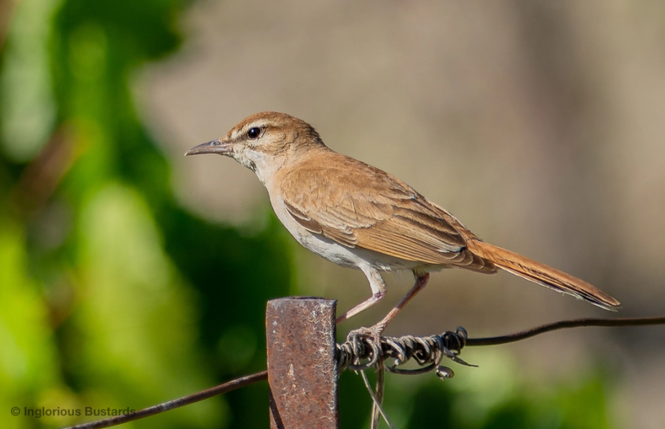 Rufous-tailed Scrub-Robin (Photo © Inglorious Bustards)
Rufous-tailed Scrub-Robin (Photo © Inglorious Bustards) Rufous Bushchat is an endangered species in Spain which is bad news indeed as it holds virtually all of the European population of the nominate race (which is also found in North Africa where it seems by no means common). There seems almost as much controversy about the birds' numbers as there is about its name. Few birds have been subject to such a contrasting population estimates ranging from an estimate in the hundreds of thousands (J Seoane - El Alzacola en Espana 2005) - a far higher figure than other estimates which at best suggested 24,000 pairs & possibly half that number - to a worrying but more realistic one of <5,000 pairs in the recent (2020) European Breeding Bird Atlas. Although it seems that 2005 figure was wildly optimistic, that the species is declining rapidly is beyond question. Whilst the population figure of several thousand pairs given in Seoane for Alicante, may have been exaggerated there were certainly more than the c100 pairs currently estimated in that region. Even in the decade or more since I started visiting the area numbers seem to have dwindled.
The main threat (but not the only one) appears to be habitat loss with both the intensification of farming and, ironically, the abandonment of less profitable agricultural areas playing a role. The SEO (Sociedad Española de Ornitología) has identified traditional vineyards as a key refuge for the species and this certainly applies to the remaining population in Cadiz province. Here the traditional dry farmed vineyards in Doñana area are of vital importance. This is nowhere better exemplified than in the vineyards around Trebujena where many farmers continue to manage their plots in a traditional way resulting in the highest concentration of Rufous Bushchats in Iberia with a population just in excess of 125 pairs. Happily, as I know from personal experience, local farmers are very proud of "their bird" and their role in preserving and protecting this fantastic species (see birdingcadizprovince.weebly.com/cadiz-birding-blog-page/blistering-bushchats-autumn-update-3) but they need our help, support and encouragement. We may be pushing at an open door but we can help to oil the hinges by assisting them to:
- Install fencing to prevent access to predators, especially cats
- Plant hedges of native vegetation to diversify habitat
- Encourage biological control of pests
- Encourage manual tillage and installation of insect hotels
- Support the annual census of Rufous Bushchat
- Support organic winegrowers who manage land for the benefit of Rufous Bushchat commercialise their product.
You can find out more about this project and, more importantly, join me in making a donation via flywaybirding.com/rufous-bush-robin-and-sustainable-vineyards/. I also recommend that you take a look at the video footage of this magical bird at ingloriousbustards.com/2021/06/27/a-fantastic-tail/; if that doesn't make you want to donate to this project then you don't deserve to see the Alzacola rojizo!
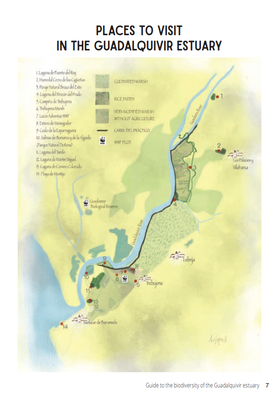
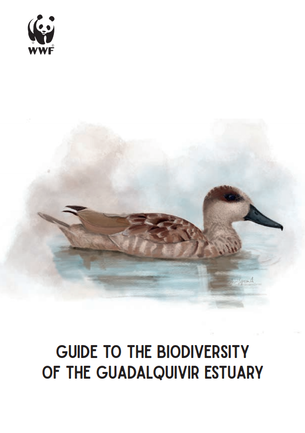
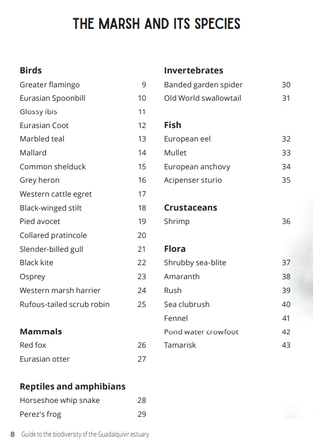
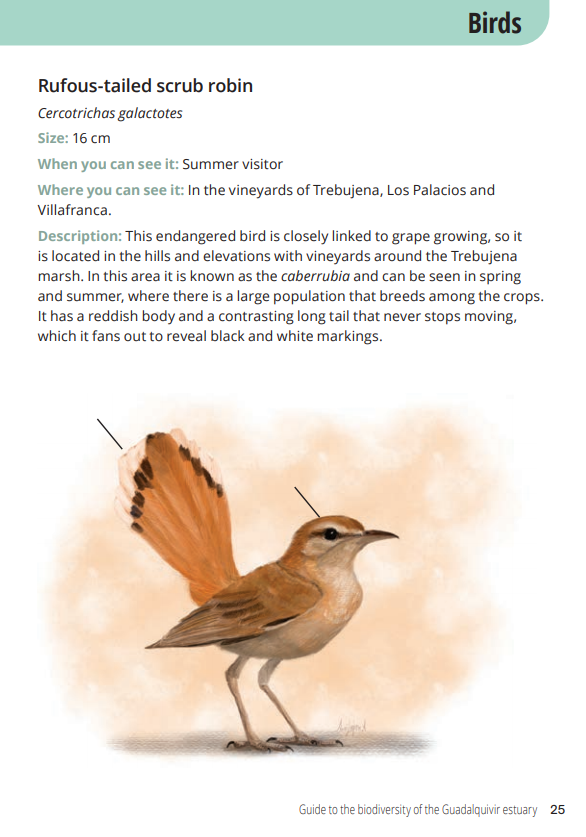
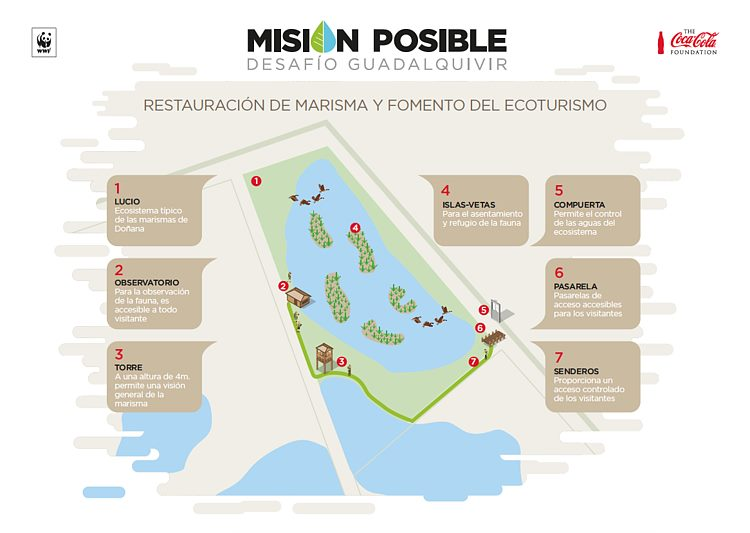
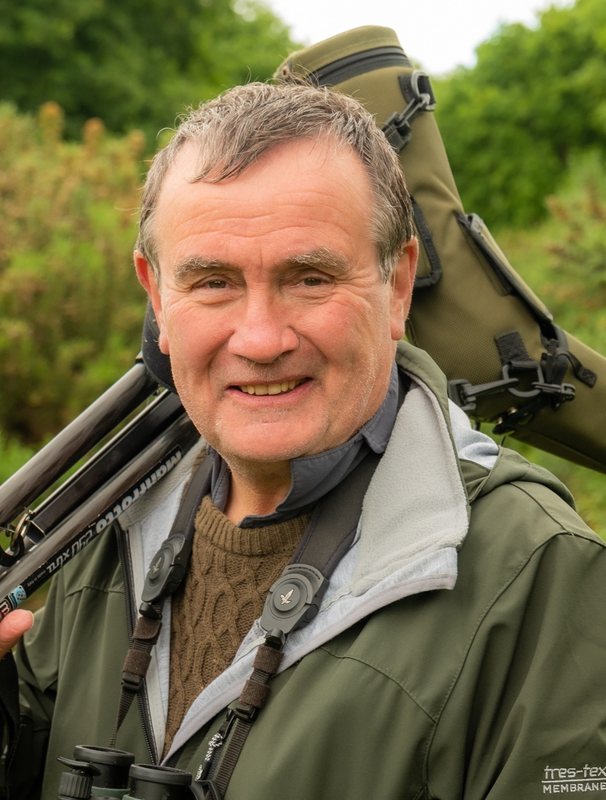
 RSS Feed
RSS Feed
